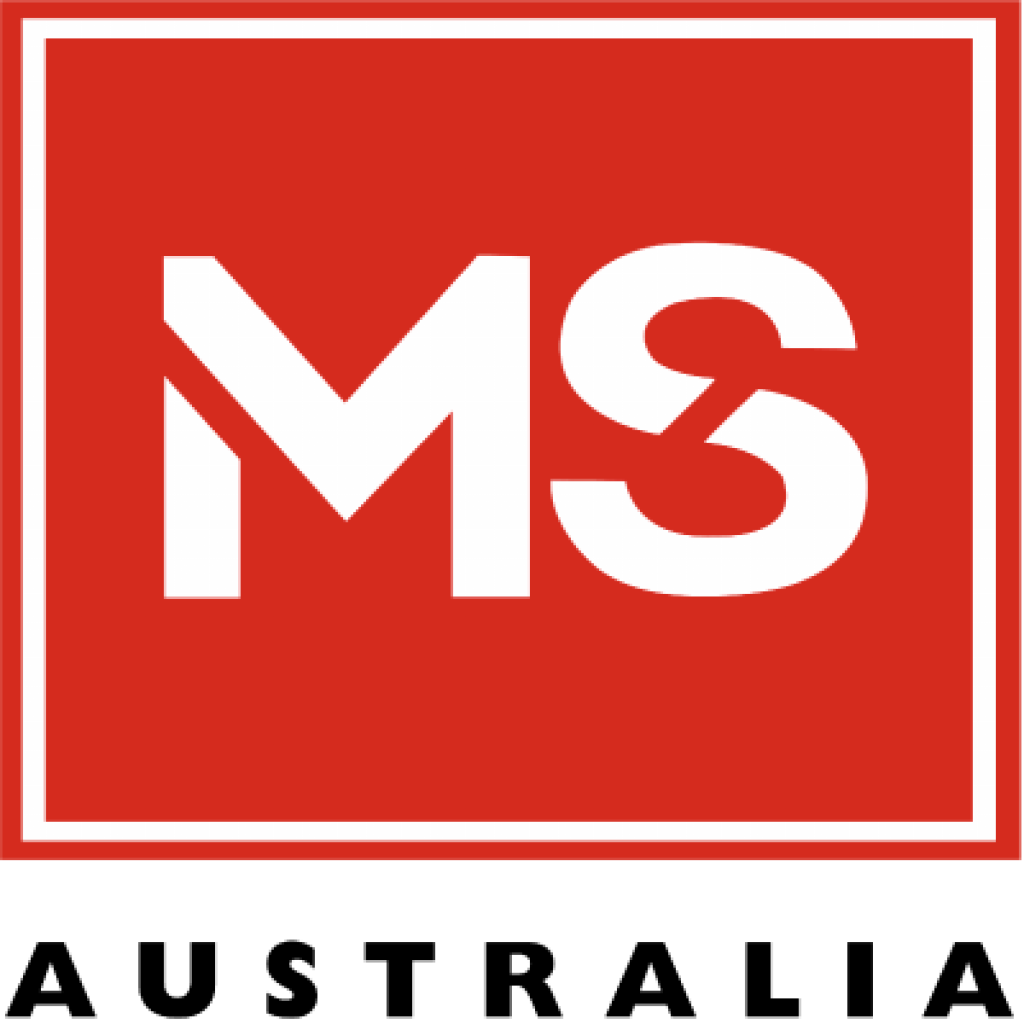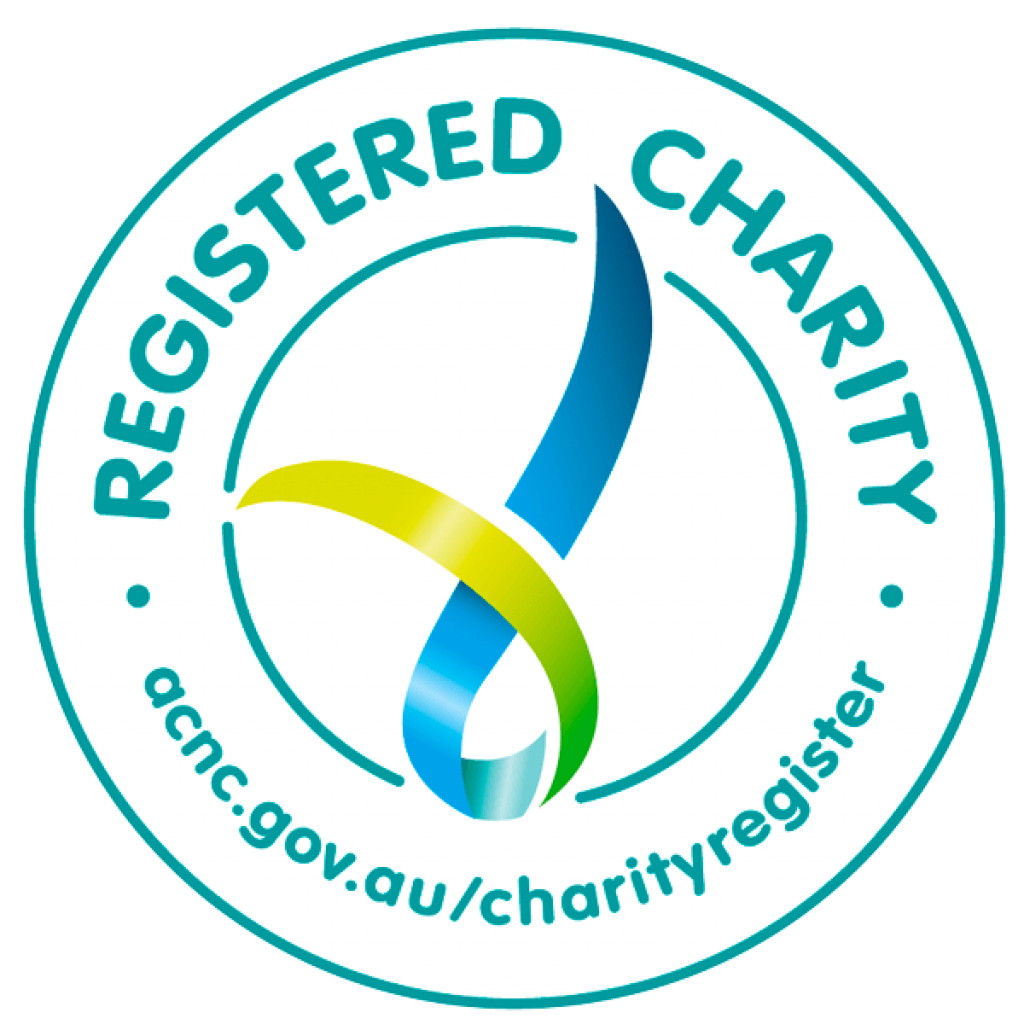- The results of two international phase III clinical trials looking at the safety and effectiveness of ozanimod (Zeposia) in people with relapsing remitting MS were recently published.
- Ozanimod is an oral drug in the same class as fingolimod (Gilenya), a medication already approved in Australia for the treatment of relapsing remitting MS.
- The studies have shown that ozanimod reduced the number of relapses over a year, lowered the number of new and active lesions and reduced brain volume loss compared to interferon beta-1a.
Two new international phase III clinical trials have just published very encouraging results of the drug ozanimod (Zeposia) in people with relapsing remitting MS (RRMS). A phase III clinical trial is the final phase before a treatment option is approved and on the market, and focuses on the safety and effectiveness of a treatment option compared to a standard intervention in a large group of participants. The first study called SUNBEAM, published in The Lancet Neurology, recruited 1,346 people across 20 countries and looked at the safety and effectiveness of ozanimod over at least a 12 month period. The second study called RADIANCE, also published in The Lancet Neurology, recruited 1,320 people across 21 countries and looked at this over a 24 month period.
What is ozanimod?
Ozanimod is an oral treatment in the same class as fingolimod (Gilenya), a treatment option currently available for people with RRMS. This means that ozanimod acts in a similar way to fingolimod, just with a slightly different mechanism. Drugs in this class act by keeping a type of immune cell called lymphocytes in the lymph nodes, preventing them from moving into the brain and spinal cord and causing the inflammation and damage seen in MS.
How were the two trials carried out?
Both clinical trials compared the safety and effectiveness of ozanimod with interferon beta-1a, a treatment option currently available for people with RRMS. Participants were split into three different treatment arms – one that took a lower dose of ozanimod (0.46mg) daily, one that took a higher dose of ozanimod (0.92mg) daily, and one that had weekly interferon beta-1a injections. To prevent any biases, this trial was double-blinded, meaning both researchers and participants weren’t aware of the treatment option they were giving or receiving. Because the treatment options differ (one being oral tablets and the other being an injection), the ozanimod groups received a weekly dummy injection and the interferon beta-1a group received daily dummy oral tablets.
How were the results of the trials measured?
At the end of each trial, the researchers compared the number of relapses over the course of a year in each treatment group. They also compared the number of new and active lesions, changes in brain volume, time taken for disability to progress using the expanded disability status scale (EDSS), changes in thinking and memory and quality of life.
What did researchers discover?
The number of relapses over the course of a year at the end of both clinical trials were significantly lower in people who received ozanimod at either dose. In both clinical trials, the number of new or active lesions as well as brain volume loss (atrophy) was significantly lower in people treated with ozanimod.
Disability progression was not significantly different in those receiving ozanimod in either clinical trial. Measures of thinking and memory improved after treatment with either dose of ozanimod in the SUNBEAM trial, but only with treatment with the lower dose ozanimod in the RADIANCE trial. There were improvements in the physical component of quality of life after treatment with the higher dose of ozanimod in the SUNBEAM trial, and after treatment with the lower dose ozanimod in the RADIANCE trial. However, there were no improvements in the mental component of the quality of life in either clinical trial.
Like any medication, there is a risk of side effects. Ozanimod was well-tolerated in both clinical trials, with the most common side effects being nose and throat inflammation, headache, and upper respiratory tract infection.
The researchers reported that ozanimod was more effective than interferon beta-1a in reducing relapses and lesions in the brain and spinal cord, and that combined with the low side effects, could be an effective treatment option for people with RRMS. It is important to note that MS is a very varied condition and not everyone with MS responds to medications in the same way, so having more treatment options available will increase the opportunity for people with MS and their doctors to find effective therapies suited to their individual circumstances.






